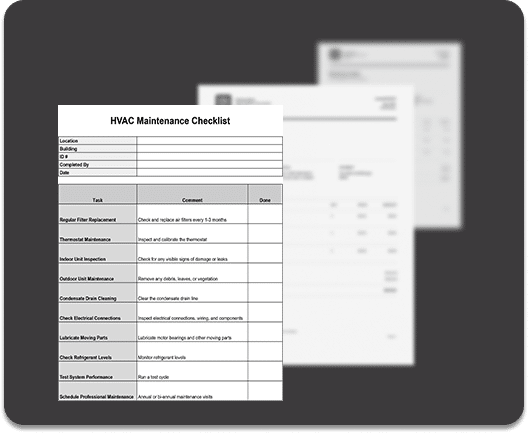Modern workforces are fueled by contingent labor. The COVID-19 health crisis and surrounding economic uncertainties lit the match thrown into enterprises desperate for optimized business models. Companies plan to increase this sector to gain relevant skillsets and diverse mindsets to keep in step with an ever-changing pivot away from corporate stability to labor agility.
In the Contingent Labor Imperative, MBO Partners surveyed 504 Human Resource managers, directors, VPs, and CHROs from large corporations in May 2022. In addition to this survey, 16 senior human resources professionals from large organizations participated in extensive interviews.
Survey says…
Twenty-eight percent of the average company surveyed is contingent labor, and this is just the beginning of what is sure to be an influx of non-permanent workers. Most corporations surveyed expect this contingent labor to increase to 36% over the next five years. 8 out of 10 companies predict that their usage of non-permanent workers will substantially increase over the next five years.
Corporations that already use a large share of contingent labor are ready for an increase: 91% of companies with non-permanent workforces over 50% plan to grow their contingent workforce over the next five years. Companies currently using the most non-permanent employees are interested in implementing more in the future.
Agile enterprises are always looking for a skilled workforce. Tight labor markets expose the need for specialized workers in most organizations. 82% of companies reported that skilled contingent workers make up more than half of non-permanent workforces. Highly skilled employees seek more independent work as they hone in on specific expertise.
Money No Longer Top Priority
Money is not why companies pivot to non-permanent workforces; moreover, only 14% of surveyed organizations listed saving money as a top reason for using contingent workers. Saving money was one of the top five reasons HR professionals used non-permanent workforces just a few years ago. The survey highlighted modern workforce priorities: 38% want to meet temporary workload needs, 35% want to boost productivity and 33% want to get tasks done more quickly. As corporations prepare for the future, they are prioritizing specialized agile workforces.
Companies continue to struggle with a pivot to a non-permanent workforce. The top challenges encompass the following pitfalls: consistent work quality, finding/hiring labor with needed skills and getting tasks done quickly. These challenges are the impetus behind companies using direct sourcing and private contingent labor marketplaces.
Direct Sourcing for Growth into the Future
Many companies (60%) reported that they are actively using direct sourcing of a part-time workforce. Moreover, only 12 percent said that they aren’t using contingent labor and 68% of those companies plan on increasing their direct sourcing workforce over the next 18 months. These predicted increases in direct sourcing are since it helps solve some issues with direct labor.
Using internal independent worker marketplaces helps set your organization up as the preferred client for independent workers. If you want to learn more about the contingent workforce and where it’s headed in the future, view our report.
For More Information, read the full report: The Contingent Labor Imperative.


















